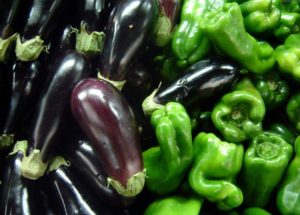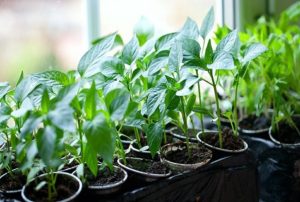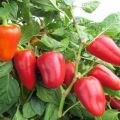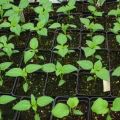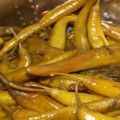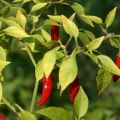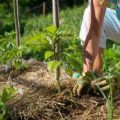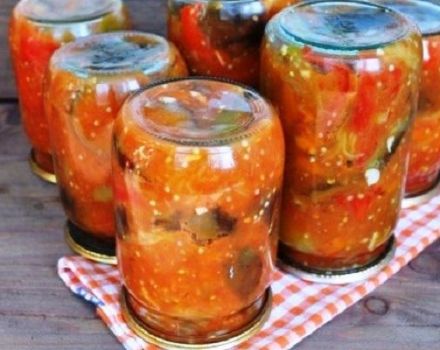Growing and caring for ornamental peppers at home
An effective decoration for any window sill is decorative pepper. It is not only a great decoration, but also used in cooking. There are several dozen plant varieties. In the process of ripening, their color can change, but as a result, the fruit ripens with a burning taste. It is very easy to grow such a plant at home.
Variety selection
Ornamental pepper propagation occurs most often with the help of seeds. The correct choice of planting material will determine the ease of cultivation, the plant's responsiveness to care, and the production of beautiful and fragrant fruits.
Seeds that are taken from a dried plant are great for future planting. This method is suitable for those who already have experience in growing a similar crop. If you have to take care of a small decorative bush for the first time, then it is better to contact the store for planting material. There you can buy seeds of almost all plants that can be cultivated at home.
If you plant the seeds of ornamental indoor peppers in February or March, you can already get fruits in early autumn that can be used in cooking. The timing of the harvest depends on the type of plant, the height of the bush, the type of fruit.
All information can be found on the package. Particular attention should be paid to the date of seed collection.
The date of receipt of the planting material is a fundamentally important moment, since germination becomes lower every year. It is necessary to inspect the seeds before planting: they should not have specks, damage, twisting, signs of decay. The color of the material should be from white to pale yellow.

It is also important how long after planting you can expect to receive a harvest. Early varieties will allow you to do this 2-3 months after germination. If the variety is late maturing, it is pollinated late, and the fruits will form only after 120-150 days. Do not forget about the pollination of pepper, without which you cannot get fruit.
What to look for
When choosing a variety, one should start from some factors that may be important for a future agronomist:
- Plant height. Those who choose indoor ornamental pepper as a plant for growing in a room, prefer short bushes, the height of which barely reaches 30 cm.The plant sizes vary from 0.15 to 1 m in height, like the Queen of Spades.
- Fruit shape. There are only two options: either the plant forms berries, which are the fruits, or by the fall classic peppers grow, the size of which is miniature. Classic bush pepper Carmen is a traditional representative of this family.
- Colour.If the plant will be grown exclusively as a decorative one, then you can choose an option that, until ripening, will change its color several times, such as, for example, The whole sky is in the stars. Some species in the final appear in red-orange shades. Leaves can also be different: with spots, dashes, stripes, which can change brightness at different times of fruit ripening. The Filius blue pepper is very beautiful. The fruits of the ornamental variety Aladdin in technical ripeness have different shades.
- Fruit pungency. If you intend to eat hot peppers, you should carefully read the information on the package, because some of the species are completely mild, and some are simply striking with their stinginess. Some species are distinguished by a unique aroma of citrus and flowers. Quite sharp fruits in the Queen of Spades species. Eating some fruits, you can remember the stars, they are so sharp.
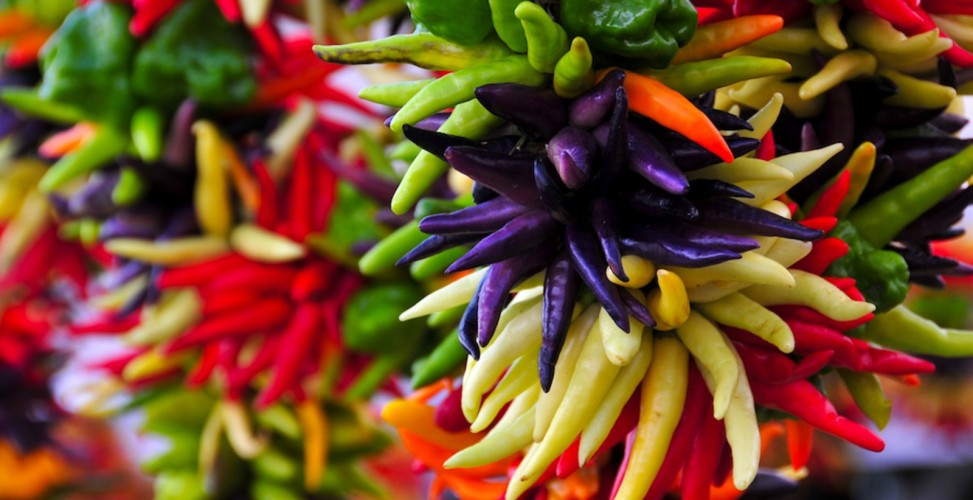
If you want to grow a pepper only because of the beauty of Aladdin pepper, then you can ignore the sharpness. In this case, it is more important to choose the right seeds from which a bush of the required height, shape and color will grow.
Popular varieties
Among the many varieties, the most popular are:
- Pepper Shrub bonfire. The height of the bush reaches 30-35 cm, the flowering is active. The pods are located throughout the bush. During the ripening period, the mini-tree is very beautiful.
- Pepper Black Pearl. Green foliage goes well with black fruit.
- Shrub pepper Phoenix. Mid-season indoor variety recommended for drying and canning.
- Pepper A small miracle. Bears abundantly, the first fruits appear in less than 30 days.
Growing rules
Ornamental peppers should be planted in late February or early March. The material can be pre-soaked for 3-5 hours. It is possible to add growth stimulants or antiseptic drugs to the water, after which planting is carried out.
Sowing peppers at home should be chaotic, and the containers in which the seeds are planted are covered with foil and placed in a well-lit, bright place. Do not be alarmed if the seedlings do not appear for a long time, the period can reach 15-20 days. If the material was obtained two or three years ago, then growing the shoots will take longer.
Home care is very important. The seedlings are periodically ventilated. Raise the lid of the container, gradually increasing the time in the open air. After the appearance of a pair of real Indian summer pepper leaves, the seedlings are planted, they need to be transplanted. Hot pepper is placed in a pots or containers of a larger volume. Only one plant should be placed in one pot.
When the seedlings are a little older, they are pinched and transplanted. You need to know how to pinch the plant correctly. The plant will then begin to expand instead of increasing in height. The pick is made about a month after planting.
For fans of spicy species, the question often arises whether it is necessary to pollinate plants. Periodically, you need to pollinate the pepper at home, shaking it.
Watering plants of any variety is done regularly, but it should be moderate. If you pour decorative pepper, the roots will begin to rot, and the tree will die. Indoor peppers are extremely sensitive to lack of sunlight. The choice of the place should be considered carefully.
Common mistakes
When growing decorative indoor peppers, you should carefully consider the advice of professionals. If you make mistakes in the process of planting or caring for the plant, it may die. Diseases may begin to develop that negatively affect the condition of the pepper.

Errors are usually made as follows:
- Violation of the watering regime.The water should be warm, when using cold, rotting of the root system will begin.
- Pinching the root at the time of thinning. This will not lead to death, but the planted indoor pepper will take a long time to recover.
- The appearance of pests. If you find them, you do not need to throw out the bush, it is enough just to treat it with a chemical or folk remedy.
- Insufficient air humidity. The problem is easily solved with the purchase of a humidifier immediately after sowing.
The plant can shed its leaves if, when the ornamental bush was transferred from room to room, there was a sharp change in air temperature. The problem can be solved by using additional lighting.
Properties and application
Home-grown ornamental peppers can be used as an ingredient in first and second courses. Hot sauces and seasonings are irreplaceable without this spice.

With the help of pods, you can stimulate your appetite. Drakosha can do this with his appearance and taste. Having made a tincture on the basis of decorative pepper, it can be used as a medicine. Reviews of such drugs are extremely positive. Diseases of the gastrointestinal tract, liver, pancreas, neuralgic diseases and sciatica - this is not a complete list of diseases that can be alleviated by using funds based on the fruits of the Gorgon peppers. The Queen of Spades finds its application in cooking.
Use indoor peppers with care. He's not nearly as harmless as he seems.
Contraindications include problems with the gallbladder, liver and pancreas. If you use hot red indoor pepper uncontrollably when cooking, you can get an exacerbation of chronic diseases and provoke the development of new ones.
Growing indoor hot peppers is an extremely exciting and interesting activity, but at the same time difficult. The popularity of the decorative culture is quite obvious. Beautiful appearance, responsiveness to good care, the possibility of obtaining a real, edible harvest of Peperoncino pepper - all these factors explain the popularity of this culture among lovers of home plants. One has only to surround the small purple bush with care, and he will respond with a rich harvest.
